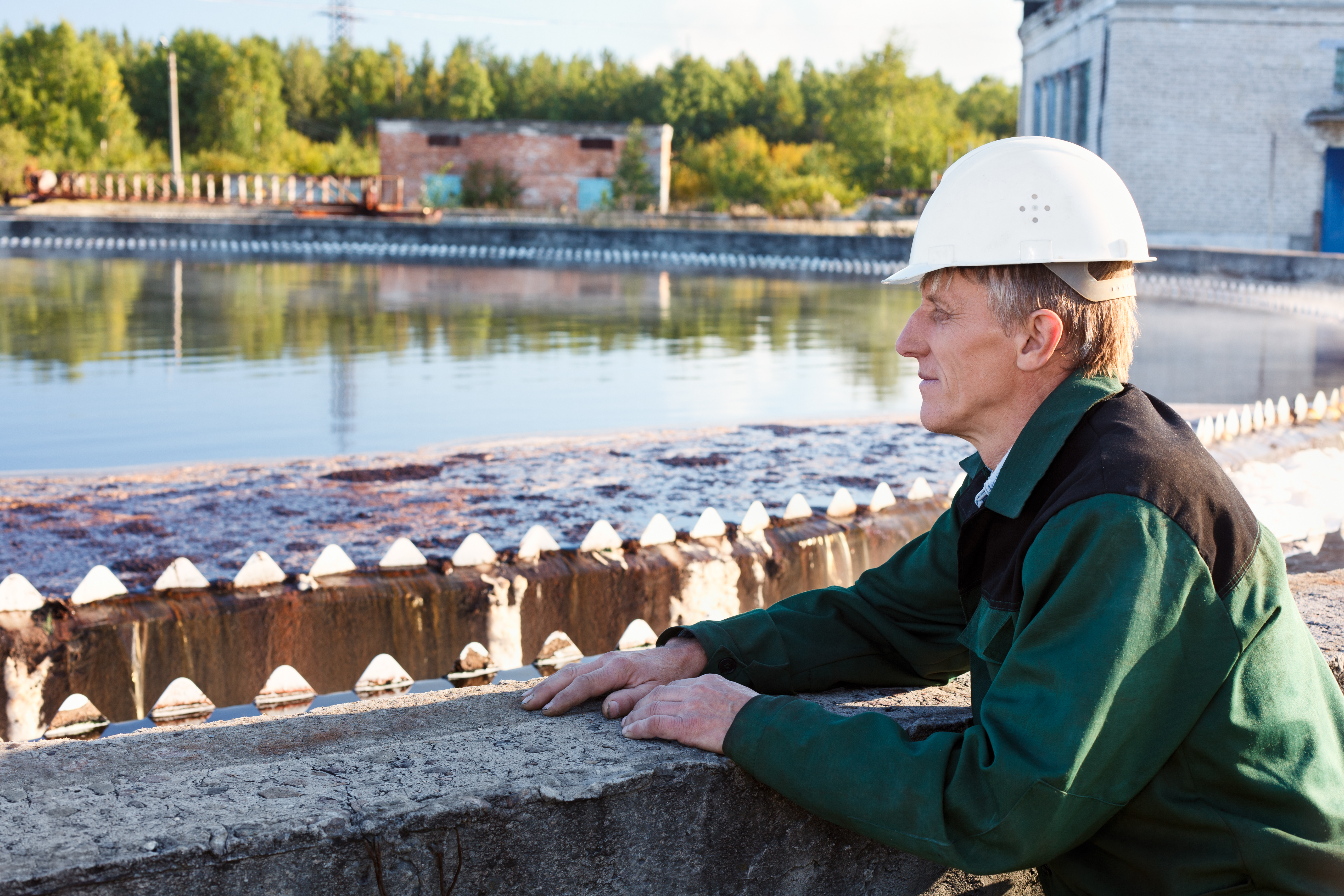Industria de agua y tratamiento de agua (Water & waste water).
El crecimiento de la población, el ritmo de la vida actual y los productos que requerimos han incrementado la demanda del agua de manera acelerada que la propia capacidad de la recuperación de los mantos acuíferos. Es determinante alcanzar un uso consciente, reducir su contaminación e incrementar el tratamiento de agua de desecho a un nivel que la naturaleza realice su ciclo vital reduciendo la escasez del recurso.
De acuerdo con la ONU aproximadamente el 60% del consumo total de agua en los países desarrollados se destina a uso industrial, el 30% a consumo agrícola y un 10% se utiliza de manera doméstica. El sector industrial no sólo es el que más gasta, sino también el que más contamina. Más de un 80% de los desechos peligrosos del mundo se producen en los países industrializados, mientras que en las naciones en vías de desarrollo un 70% de los residuos que se generan en las fábricas se vierten al agua sin ningún tipo de tratamiento previo, contaminando así los recursos hídricos disponibles. Estos datos nos dan una idea de la importancia que tiene el tratamiento y la reutilización de aguas residuales en el sector industrial en el mundo.
La finalidad de las instalaciones de tratamiento de agua potable, industrial o residual es obtener como producto final las características adecuadas al uso que se les vaya a dar, por lo que la combinación de procesos y diseño varía en función tanto de las propiedades de las aguas de partida como de su destino final. El adecuado tratamiento de aguas residuales industriales y su posterior reutilización para múltiples usos contribuye a un consumo sostenible del agua y a la regeneración ambiental de sus ecosistemas. Sin olvidar que el agua de calidad es una materia prima crítica para la industria.
Las principales áreas de tratamiento de agua los podemos englobar en los siguientes:
La automatización de estos procesos no solo incluye la medición y control de diferentes parámetros físico-químicos de sus plantas, sino también una mejora de la calidad del producto final y la optimización de recursos como reactivos, energía eléctrica, mantenimiento y disponibilidad de planta.

Soluciones para Industria Agua
La desalinización de agua de mar, la reutilización del agua utiliza tecnologías de tratamiento de filtración con membranas. ECN Automation ofrece proyectos de instrumentación y control de tratamiento de agua.
Ver másLa medición confiable de la demanda química de oxígeno (DQO) y de la carga orgánica es esencial para controlar una planta tratadora de agua residual. ECN Automation desarrolla proyectos de optimización para el control del reactor aerobio.
Ver másSistema integral de medición y control por telemetría de pozos de agua que contempla: Eficiencia de energía, cuantificación y calidad de agua, protección de bomba y vigilancia del activo.
Ver másEl objetivo es reducir la cantidad de sólidos ya que éstos representan un factor de costo significativo de las plantas de aguas residuales. ECN Automation realiza proyectos de instrumentación y control de tratamiento de agua.
Ver másPermite al cliente cumplir con el límite de fosfatos en la salida y ahorrar mucho dinero, resultando en un menor consumo de productos químicos y una menor producción de lodo.
Ver más